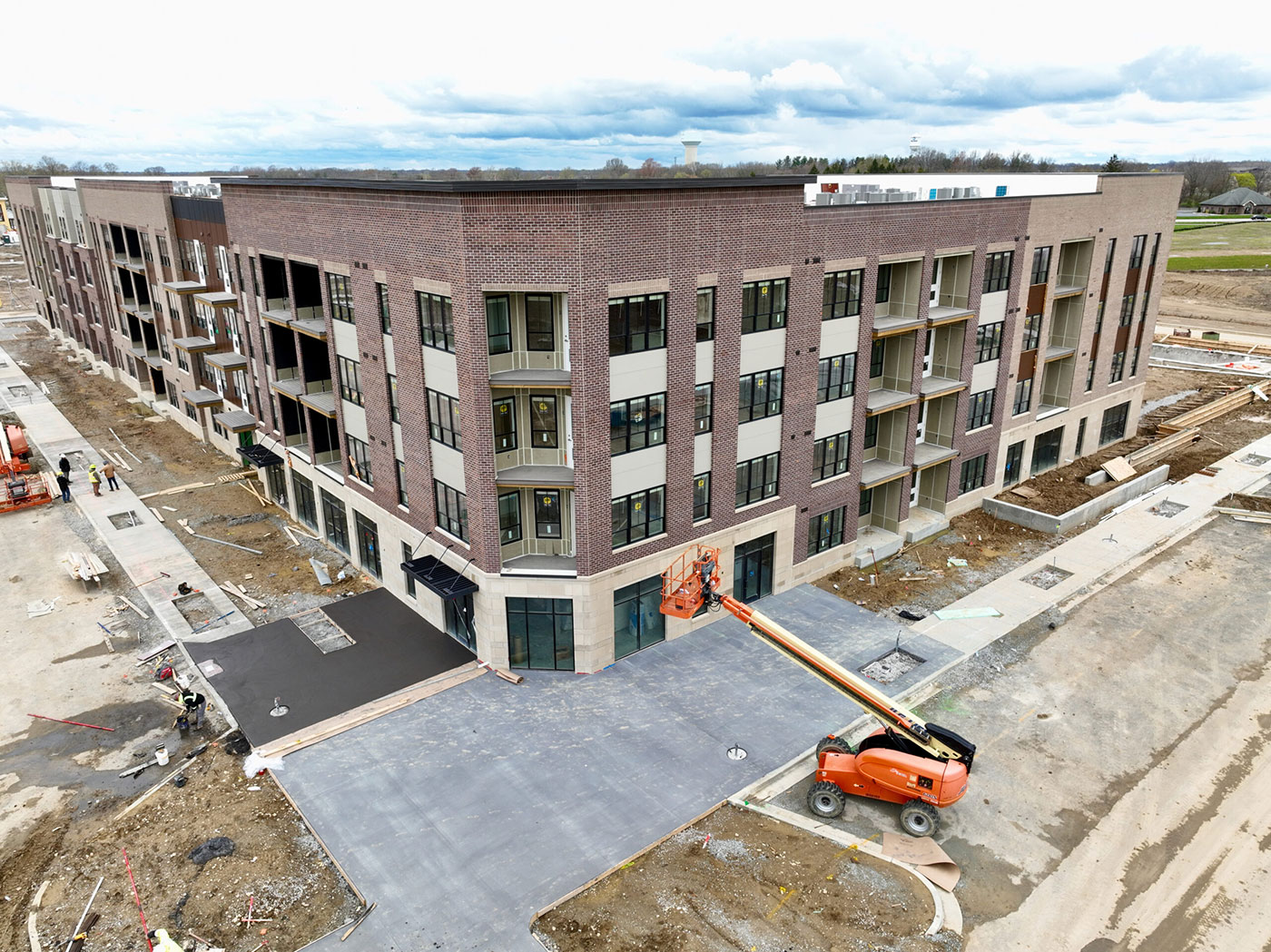
Monetizing and selling your TIF bonds for accretive value
Typically, obtaining a loan against your bond means additional contributed equity, and holding the bond causes a drag on returns. With Hageman Capital, you get the most for your TIF, up front capital for your project.
A new funding approachTax Increment Financing basics
TIF is a powerful tool for local development and has incentivized billions in new community projects, revitalizing cities and towns across America. If used effectively, it can be an engine that generates growth that would have otherwise not happened without it.
“Tax Increment” refers to the additional, or the incremental taxes, generated from new developments compared to the taxes generated from what was there before (whether vacant land, abandoned buildings, etc.).
Using TIF to make projects feasible
Single site project TIFs are negotiated with the municipality directly, to help foster growth in areas that wouldn’t likely have new development, or development that are substandard, “but for” the creation of the TIF itself. Once a proposed TIF is agreed upon, monetizing your TIF cash flows for upfront project capital can be precarious, and requires the right level of real estate and financial expertise.
Hageman Capital is your partner in TIF monetization
Hageman Capital was an integral partner of Buckingham for our Carmel Midtown AT&T project. They actively engaged in the process and identified potential pitfalls. Their contribution extended to generating creative solutions within the team and legal framework.
Beyond their professional involvement, Xiao’s relationship-focused approach fostered a collaborative atmosphere. As we look to the future, Hageman Capital has earned a top position on our list, being among the first to explore and assess our upcoming projects.
Working with Hageman Capital to finance TIF bonds was a great experience, they made the process simple and transparent. We appreciate their partnership and willingness to solve complicated issues fairly and quickly.
Working with Hageman Capital on our Carmel, IN project was a great process. We were able to successfully structure a unique financing arrangement to monetize our real estate tax incentive bonds. Their team took a partnership approach and looked for a win-win solution for both sides. We look forward to our next deal together!

Multifamily projects are community drivers and perfect for TIF
Multifamily developments are key agents to increasing the local property tax base in the future. The volume of new full-time tenants draws greater tax revenue and is positive for the municipality. However, with higher property values and construction costs, developments can stall or struggle to pass feasibility tests. TIF bonds are a local incentive to help developers move forward with construction and further increase residency.
Are you planning a multifamily project where TIF could boost your returns and make the project feasible? Hageman Capital can help project owners align on TIF creation. Contact us to learn more.
Bridge the equity gap of your development
Are you planning a project where TIF could boost your returns and affect project feasibility? Hageman Capital consults with developers to help align on TIF creation, talk with us today for a free consultation.

How to decrease contributed equity with TIF
Selling your TIF bond instead of obtaining a loan against it decreases contributed equity to the project. Including your TIF bond in your construction loan will increase the cost of the project and increase the amount of capital needed to maintain loan-to-cost ratios, reducing project returns.
Selling your TIF bonds lower developer’s contributed capital. You access millions in additional upfront capital for your project, and generate higher returns.